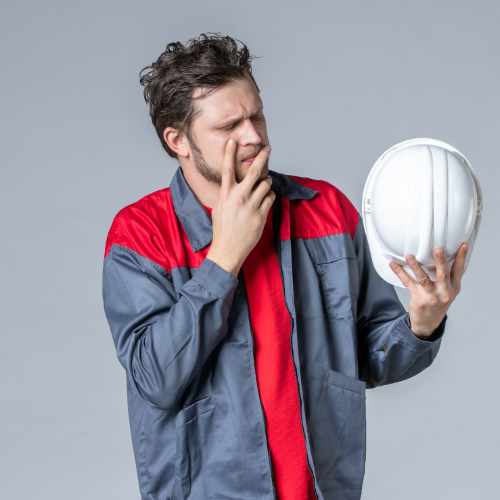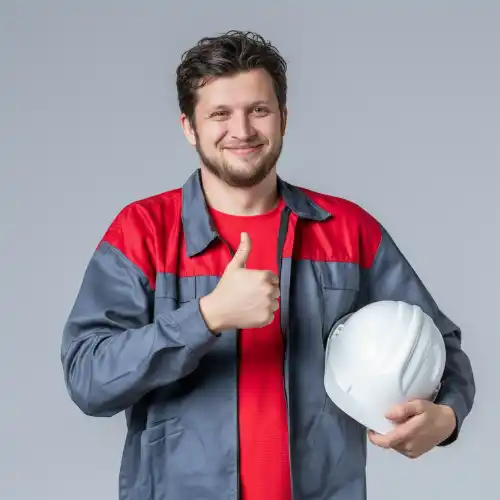
At Advanced Safety & Industrial Supply, we know that choosing the right helmet isn’t just about comfort and cost — it’s about proven protection that passes rigorous testing.
Here’s a breakdown of how helmets are tested before they make their way to your crew:
1. Impact Tests
The most critical test is how well a helmet absorbs shock. Helmets are dropped from set heights onto anvils (flat, hemispherical, or sharp-edged) to simulate falling tools, debris, or slips. Sensors inside the helmet measure how much force is transmitted to the headform. A helmet passes when it reduces impact to safe levels.
2. Penetration Resistance
To simulate falling nails, spikes, or sharp tools, a pointed steel object is dropped onto the helmet shell. A helmet must prevent penetration to protect the skull from punctures.
3. Retention System & Roll-Off Tests
Helmets with straps undergo a chin strap strength test — weights are applied to ensure straps don’t snap under stress. A roll-off test simulates whether the helmet can be dislodged from the head in the event of an impact. A helmet that stays put saves lives.
4. Environmental Conditioning
Job sites aren’t always predictable. To prove reliability, helmets are tested after being exposed to:
-
High heat (oven testing)
-
Freezing cold (deep chill testing)
-
Humidity & moisture
This ensures the helmet works no matter the season or environment.
5. Electrical Resistance (for Safety Helmets)
For those working around electricity, hard hats are tested for insulation:
-
Class G (General): up to 2,200 volts
-
Class E (Electrical): up to 20,000 volts
-
Class C (Conductive): no electrical protection
Knowing the class rating can literally mean the difference between life and death.
6. Flammability Testing
Helmets are exposed to open flames for a few seconds. They must self-extinguish without dripping molten material. This protects workers in welding, foundry, and high-heat environments.
7. Standards You Should Know
Different industries use different testing standards:
-
ANSI/ISEA Z89.1 (USA): Industrial & construction helmets
-
EN 397 (Europe): Industrial safety helmets
-
DOT, ECE, Snell: Motorcycle helmets
-
EN 12492: Climbing & mountaineering helmets
When purchasing helmets, always confirm they meet the required standard for your industry.
 Why It Matters for Your Team
Why It Matters for Your Team
For safety directors, helmet compliance is not negotiable. Plant managers want to keep productivity high without downtime from injuries. And purchasing agents need to know the investment in helmets delivers measurable protection. Tested and certified helmets are the foundation of workplace safety culture.
At Advanced Safety & Industrial Supply, we carry a full range of helmets and hard hats that meet ANSI and other leading safety standards. Because when it comes to head protection, passing the test isn’t optional — it’s essential.
Ready to upgrade your team’s head protection? Contact Advanced Safety & Industrial Supply today to learn more about our ANSI-compliant helmets and how we can help you keep your workforce injury-free.








